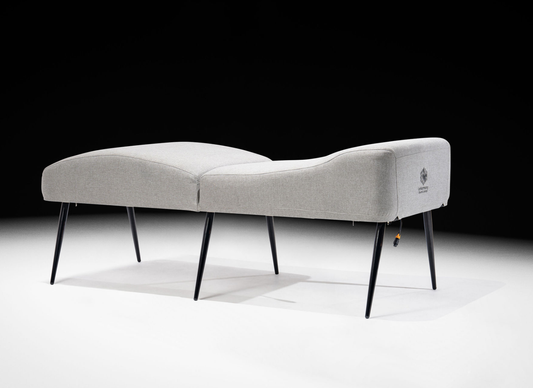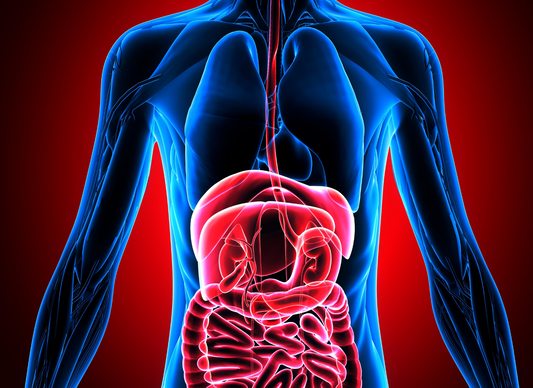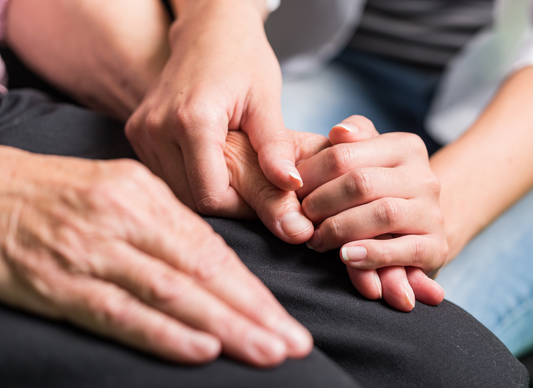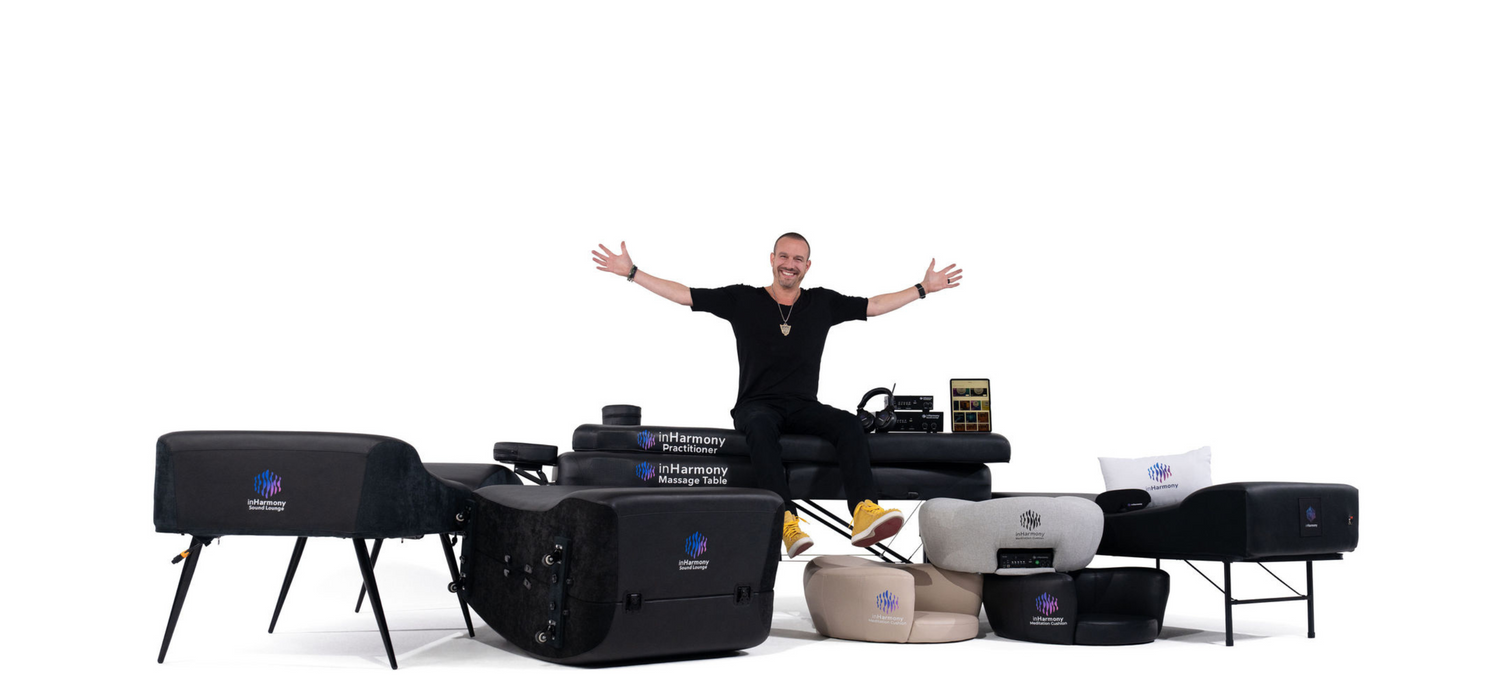Mechanoreceptors are a big component behind the brain and body being able to perceive touch.
Mechanoreceptors are sensory receptors in the skin. inHarmony vibroacoustic therapy stimulates the skin, nervous system, and brain.
Skin Sensory Receptors
Mechanoreceptors are a big component behind the brain and body being able to perceive touch, but aside from this small piece of information, many people are unfamiliar with mechanoreceptors and how they work. In brief, mechanoreceptors are sensory receptors in the skin. They relay skin stimulation to the nervous system and brain through mechanically gated ion channels.
This means that depending on the type of touch we feel, certain mechanoreceptors tell our brains what we’re experiencing to help us make sense of our world. Let us cover information about the types of mechanoreceptors, their individual mechanisms of action, and examples of touch sensations each mechanoreceptor type is responsible for.
Types of Mechanoreceptors
Meissner’s Corpuscles
Meissner’s corpuscles are the receptors responsible for detecting movement across the surface of the skin. They are located close to the skin’s surface (dermis) but they extend into the epidermis as well. As such, they are highly sensitive when it comes to detecting touch and very low-frequency vibrations.
Meissner’s corpuscles are responsible for helping individuals learn the texture of objects, detecting whether they are touching rough or smooth surfaces. They also help humans avoid dropping an item by detecting when it’s slipping from our grip.
This receptor type accounts for about 40% of mechanoreception.
Pacinian Corpuscles
Pacinian corpuscles perceive pressure on the skin and various internal organs. Each receptor present in the skin and/or organs connects to a sensory neuron. Pressing on this type of receptor will send a pressure impulse through the nerves and into the brain, telling an individual that pressure is being placed on a given area.
These mechanoreceptors allow the hands to properly use tools, like hammering in a nail, writing with a pen, or cutting up food with a knife and fork.
Pacinian corpuscles account for between 10-15% of mechanoreception.
Merkel’s Disks
Merkel’s disks are located near the base of the epidermis and they’re responsible for perceiving light (discriminative) touch. These disks are bountiful throughout the sensory system, though they are most densely distributed in the fingertips and lips of both humans and primates.
Merkel’s disks are responsible for determining an object’s location and detecting edges of objects. Thanks to Merkel’s discs, human beings are capable of playing piano, creating beaded jewelry, and enabling the blind to read Braille.
Merkel’s disks account for about 25% of mechanoreception.
Ruffini’s Corpuscles
Ruffini’s corpuscles detect when the skin stretches and allow human hands to grip objects. They control how tight we hold onto things.
They’re also responsible for detecting warmth, though these corpuscles are deeper in the skin than the body’s cold receptors. The position of warm-detecting corpuscles is responsible for the fact that human beings can detect cold earlier than they can detect warmth.
Take, for example, touching ice or placing your hand into cold water. The response to the cold is almost immediate. Now consider times that you have accidentally picked up a hot cup from the microwave. At times, you may have picked the cup up before your skin has had time to realize that touching it is burning your hand, causing you to drop the object.
Ruffini’s corpuscles make up about 20% of mechanoreceptors.
Mechanoreceptors: Sound and Vibration
The primary mechanoreceptors that allow the human body to feel vibrations are both the Meissner and Pacinian corpuscles. These two mechanoreceptor types are the most sensitive to observing and making sense of vibrational stimulation.
Additionally, because sound exists in a vibrating wave, it’s also possible for mechanoreceptors to perceive sound.
While the inner workings of our ears are the key to observing and understanding sound, our skins are able to perceive the vibrations of soundwaves as well.
Can you feel the music?
If you’re listening to music at a certain volume or with a high level of bass, you may notice that you can “feel” the music in your body. If you place your fingertips against your throat while humming, you may feel the vibrations of the sound you’re making.
This response is your mechanoreceptors detecting vibrations, and by extension, sound. Because your sensory receptors are able to detect vibrations and send signals to the brain to make sense of these sensations, it stands to reason that certain vibrations can trigger positive impulses in the mind and body. Learn more with Craig Goldberg on YouTube
In Review
In essence, this is how sound therapies work. The ears hear the sound and the body helps determine whether these sounds are perceived as a positive or negative experience. Listening to soft, meditative music or tones can help relax the body and ease an anxious mind, while harsher, more erratic tones (like workout music) can help the body make use of energy.
Thanks to mechanoreceptors, sound and vibration can be an excellent tool when it comes to improving mood, energy levels, and a general sense of wellbeing.












